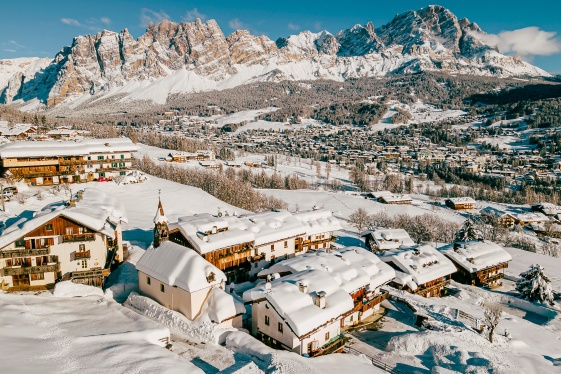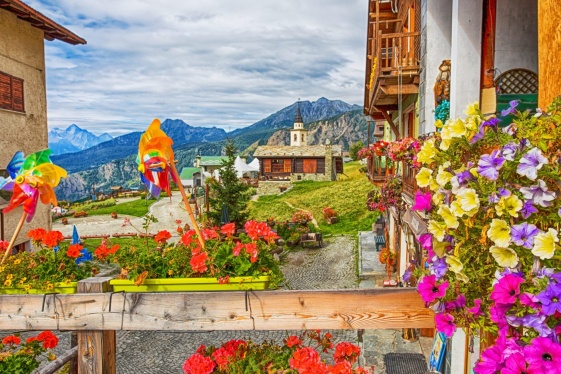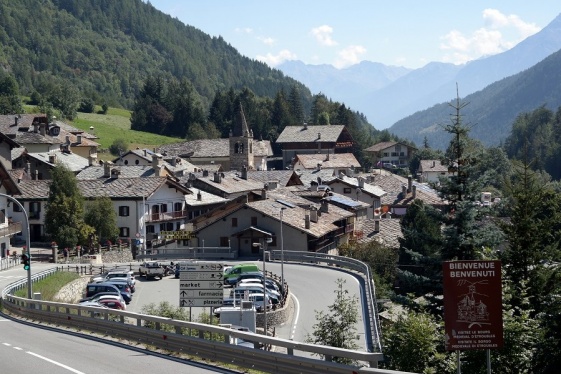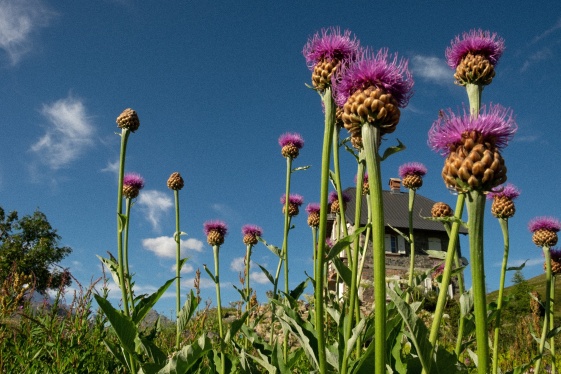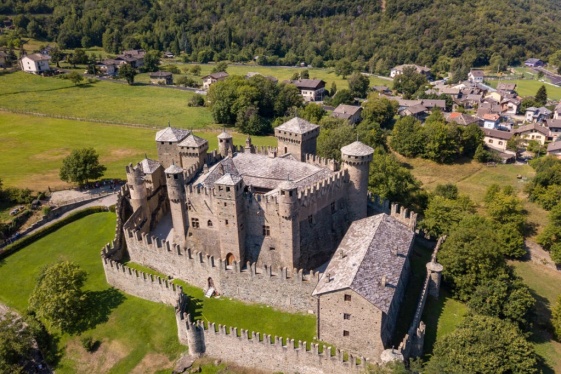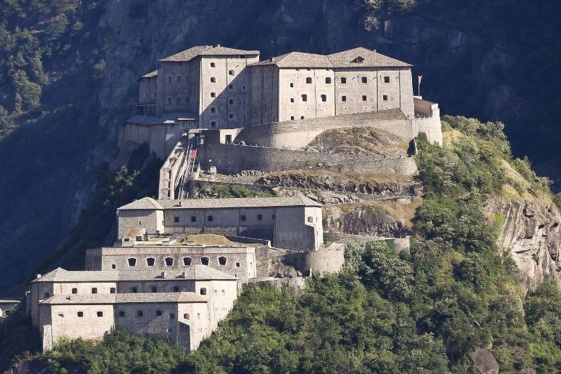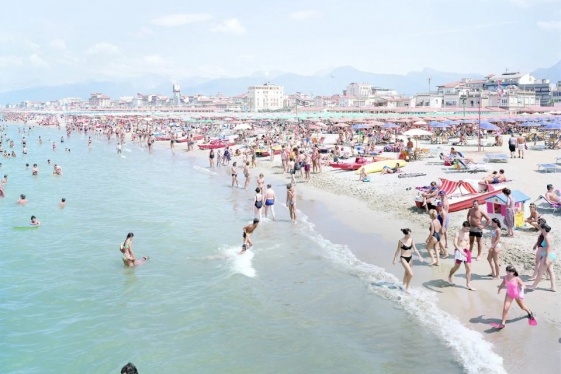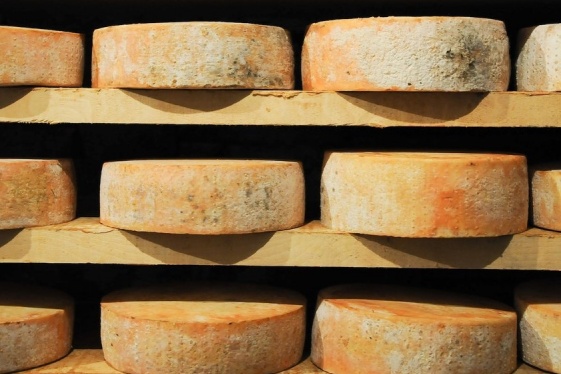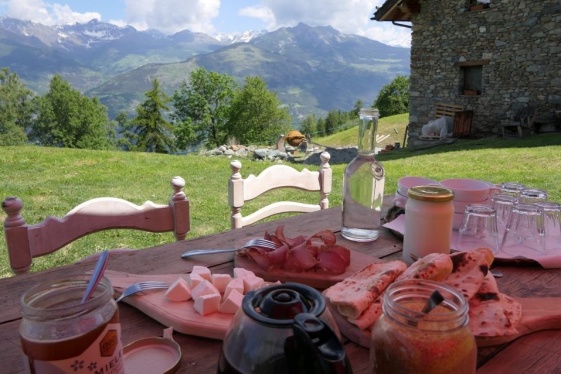The 5 best mountain destinations in Italy
Since 2003 the General Assembly of the United Nations has instituted the International Mountains Day, lest we forget that even these imposing, eternal wonders of nature, now more than ever, must be guarded and protected. Italy is home to some of the most important peaks in Europe, immense resources of biodiversity, beauty and culture. These complex...
READ MOREWelcome to Chamois, the Only Place in Italy Where Cars Can’t Go!
Living in a city has a lot of advantages: you can find everything you want, public transport brings everywhere, there are museums and cafés, cinemas and theaters to entertain you. But if there is something the world learned in the past two years is appreciating the tranquillity and isolation of small countryside or mountain villages, places where l...
READ MOREItaly's most beautiful villages: Étroubles, an open-air museum
Étroubles locates in the deep north of Valle d'Aosta. It traces and preserves the history and traditions of a past marked by the passage of many peoples. À Étroubles, avant toi sont passés... Étroubles is a tiny village set like a gem in the Alpine peaks. Situated at an altitude of almost 3000 metres, it stands in the heart of the Great St Bernard...
READ MOREItalian gardens and parks: Chanousia Alpine Botanical Garden
This botanical garden, the oldest in Italy and covering 2.4 acres, is near the French-Italian border, on the Piccolo San Bernardo Hill, in Valle d’Aosta, at an altitude of 7.119 ft above sea level. The garden was created by the local abbot Pierre Chanoux in 1897: a passionate naturalist, he was among the first residents to ask tourists and mountain...
READ MOREThe Castle of Fénis, symbol of the Middle Ages in the Aosta Valley
The Aosta Valley region is famous for its castles, and the Castle of Fénis, set in the homonymous town, is certainly one of the most visited. As opposed to many castles in the region, for example the Fort of Bard, it is not located in an elevated position, useful for war purposes, but in a hilly area with no natural defences; for this reason massiv...
READ MOREFort of Bard, a relic from the 19th century in Valle D’Aosta
The monumental complex of the Fort of Bard stands out on a rockypromontory towering over the town of Bard, in a strategic position, and the riviere Dora Baltea, in the Valle d’Aosta region. Virtually untouched since the time when it was built, it represents one of the best examples of barrier fortress from the 1800. The fort, built in the XIX centu...
READ MORETwenty years of history told by Italian photographers
To say that The Families of Man is a large group exhibition with which the Regional Archaeological Museum of Aosta offers an unprecedented overview of Italian photography over the last twenty years would be an understatement. In fact the project, conceived and realised by Electa and curated by Elio Grazioli and Walter Guadagnini, allows visitors no...
READ MORE7 Specialties of the Valle d'Aosta
Nestled into the Alps north of Piedmont and skirting both France and Switzerland, the Valle d'Aosta is arguably Italy's most discreet region. Even so, it's popular among locals who know that it's just as enticing in the summer for outdoor activities as it is during winter for skiing. And of course, all of those activities can work up an appetite. S...
READ MOREWhat's up with WTI: Editorial # 142
Ciao from Rome! Usually in this editorial we deal with news about We the Italians, but this time at least at the beginning of the editorial we make an exception. Also because for the first time in 142 issues, we dedicate to the same topic, in this case sport, two covers in a row. The July cover had rightly celebrated the Italian national soccer tea...
READ MOREAosta Valley: tasting some great cheese on the high pastures
Aosta Valley is a natural archaeological-gastronomic park: mankind came here 6 or 8 thousand years ago, first adapting to collect wild herbs and fruits spontaneously grown in the natural environment. Then we had farming, breeding, the dairy chain! Let’s take a closer look at these interlinked steps visiting Ruben and Roberta’s farm in St Marcel of...
READ MORE


